How to Prepare for a Roof Replacement
How to Prepare for a Roof Replacement
A roof is much more than just a protective shield over our heads. It plays a pivotal role in maintaining the structural integrity of the house, and when it starts to age and show signs of wear, it can lead to serious issues such as leaks, water damage, mold growth, and more. A roof replacement is a significant project that requires careful planning and thorough preparation. It's not only about the financial investment but also about understanding the various factors involved, like choosing the right materials, finding a reliable contractor, and knowing the right time to replace the roof. This article aims to guide you through the process of preparing for a roof replacement, ensuring that you are well-equipped to make informed decisions.
We will discuss several key points in this article. First, we will underline the signs that indicate the need for a roof replacement. Following this, we will delve into the selection criteria for roofing materials, taking into account factors such as durability, cost, and aesthetics. We will also touch upon how to find a reliable and experienced roofing contractor and shed light on the steps to take before the actual roof replacement process begins. We'll further address how to prepare your home and surroundings for the roof replacement project to ensure minimum disruption to your daily life. By the end of this article, you should have a clear roadmap to navigate the complex process of roof replacement, saving you time, money, and stress.
Signs Your Roof Needs Replacement
Determining when to replace your roof can be a daunting task. Yet, it is crucial to be aware of the signs indicating the need for a roof replacement. Both obvious and subtle signs can suggest a roof's lifespan is nearing its end.
A Leaking Roof
The most apparent sign is a leaking roof. This is often a clear indication of severe damage that could lead to dangerous mold growth and structural issues if not addressed promptly. Another sign to look out for is damaged or missing shingles. Shingles are your roof's first line of defense against the elements. When they are cracked, curled, or missing, it's a sign that they can no longer efficiently protect your home. Furthermore, if you notice a significant amount of shingle granules in your gutters, it's a sign your shingles are deteriorating.
The Age of Your Roof
The age of your roof is another factor to consider. Most roofs have a lifespan of 20 to 30 years. If your roof is approaching or has surpassed this age range, it's typically a good time to start thinking about a replacement. Inspecting your roof for these signs is a task that should be undertaken with care. It's advisable to carry out a roof inspection at least twice a year, ideally in the spring and fall. Use binoculars to check for visible signs of damage from the ground, or carefully climb up a ladder to get a closer look. Look for missing or damaged shingles, check for granules in the gutters, and inside your home, and keep an eye out for water stains on your ceiling that could indicate a leak.
Remember, it's always a good idea to consult with a professional roofer if you're unsure about the state of your roof. They can provide a thorough assessment and guide you on the best course of action.
Choosing the Right Roofing Contractor
Following the identification of these signs, the next critical step in preparing for a roof replacement is choosing the right roofing contractor. This is a task that should not be taken lightly as the success of your project fundamentally depends on their expertise and reliability.
Extensive Research
To begin with, extensive research is required to narrow down your options. Local directories, search engines, and recommendations from friends and family can provide a preliminary list of potential contractors.
Dive Into the Background of Each Contractor
Once you have a list, it's time to dive deeper into the background of each contractor. Look for contractors who are licensed and insured. This not only demonstrates their competence but also protects them from potential liabilities during the project. The license confirms that they meet the minimum qualifications set by the state, while the insurance covers any accidents or damages that may occur during the project. Be sure to verify these documents.
Customer Reviews
Customer reviews also offer valuable insights into a contractor's professionalism, quality of work, and customer service. Look for contractors with a high number of positive reviews and take note of how they respond to negative feedback. Companies that address complaints professionally and promptly demonstrate a commitment to customer satisfaction.
Consider the Contractor's Experience
In addition to reviews, consider the contractor's experience in the industry. A company with several years of experience is likely to have encountered and addressed a variety of roofing problems, enabling them to handle complex projects with proficiency.
Lastly, seek out contractors who offer warranties on their work. This indicates that they stand by the quality of their materials and workmanship, providing you with an extra layer of protection if something goes wrong after the roof replacement. Contact Fraley's Home Improvement for a roof contractor team of professionals that embodies all the qualities mentioned above, and rest assured, you won't be disappointed.
Budgeting for a Roof Replacement
Understanding the Potential Costs Involved
The first step to budgeting for a roof replacement is understanding the potential costs involved. Several factors contribute to the total cost of a roof replacement, including the size of the roof, the type and quality of materials chosen, labor costs, and whether any structural repairs are needed. On average, homeowners can expect to spend anywhere from $5,000 to $10,000 on a standard roof replacement, with costs potentially running higher for larger homes or more premium materials.
Obtaining Several Quotes From Different Contractors
To budget effectively for these costs, start by obtaining several quotes from different contractors. This not only gives you a good understanding of the market rate for your specific project but also provides a solid basis for your budget. Once you have a ballpark figure, you can then start planning your savings or explore financing options.
Setting Aside a Certain Amount of Money Each Month
One common approach to saving for a roof replacement is setting aside a certain amount of money each month. This strategy, often referred to as a 'sinking fund', can help spread out the cost over time and lessen the financial impact when the time comes for the replacement. Alternatively, you may choose to allocate a portion of an existing savings account or emergency fund toward the roof replacement.
Financing Options
Financing options for a roof replacement can include a home equity line of credit (HELOC), a personal loan, or even a specific roof replacement loan offered by some lenders. Each option has its pros and cons, and it's essential to carefully review the terms, interest rates, and repayment schedule before making a decision. Some roofing contractors also offer payment plans, which can be another viable option depending on the terms.
Remember, while budgeting for a roof replacement may seem daunting, it's an essential investment that can significantly increase the value and safety of your home. With careful planning and consideration, you can manage these costs effectively and ensure a smooth, successful roof replacement.
Materials and Style Choices
After setting up a budget for your roof replacement, the next crucial step is to explore different roofing materials and understand their pros and cons. The choice of materials can significantly influence the durability, aesthetics, and cost of your new roof.
Common Roofing Materials
Common materials include asphalt shingles, metal roofing, wood shingles, concrete tiles, and slate roofing. Asphalt shingles are the most popular due to their affordability and easy installation, but they may not last as long as other materials. Metal roofing is more expensive but offers excellent durability and fire resistance. Wood shingles provide a natural look but require regular maintenance to prevent decay. Concrete tiles are incredibly durable and fire-resistant but are heavier and may require additional structural support. Slate roofing is the most expensive but offers unmatched durability and a distinctive look. Once you understand the characteristics of each material, you can make an informed decision based on your budget, local climate, and personal preferences.
The Style of Your New Roof
Another important aspect to consider is the style of your new roof. The roof style should complement the architectural style of your home and enhance its curb appeal. Gable and hip roofs are popular choices for traditional homes, while flat and shed roofs suit modern and contemporary homes. You may also consider unique styles like mansard, gambrel, or Dutch hip, but these may require more complex construction and higher costs.
Remember, the style of your roof not only contributes to your home's aesthetic appeal but also affects its functionality, such as drainage, snow load capacity, and wind resistance. Always consult with your roofing contractor or a design professional to ensure your chosen style will work well with your home's structure and design.
Preparing Your Home for the Roof Replacement
After you've chosen the right materials and style for your roof replacement, you'll need to prepare your home for the renovation process. This preparation will involve a few steps to ensure the safety of both the interior and exterior of your home.
Moving Your Valuables to a Secure Location
The first step in preparing the interior of your home is to move your valuables to a secure location. This includes items like electronics, artwork, and other fragile possessions that could be damaged by dust or debris. If moving these items isn't an option, consider covering them with dust sheets or plastic wrap to protect them from possible damage. Similarly, you should cover your furniture and flooring, especially in the rooms directly under the roof, to prevent them from being stained or damaged.
Removing Any Decorations or Fixtures that Could be Damaged
When it comes to preparing the exterior of your home, start by removing any decorations or fixtures that could be damaged during the roof replacement. This includes items like outdoor furniture, grills, and potted plants. Also, ensure to trim any trees or shrubs that might obstruct the roofer's access to your roof. This not only makes the job easier for the professionals but also reduces the risk of any damage to your new roof.
Remember, every step you take in preparing your home aids in a smoother and more efficient roof replacement process. It also helps in minimizing potential damage to your possessions and landscaping, ultimately saving you time and money.
What to Expect During the Replacement Process
Removing the Old Roof
After having properly prepared your home for a roof replacement, it's time to understand what the actual replacement process entails. The process of replacing a roof typically begins with removing the old roof. This involves stripping off the existing shingles, underlayment, and in some cases, the plywood sheathing. Depending on the condition of the roof, some of these components may be reused, but more often than not, they are replaced to ensure the longevity and effectiveness of the new roof.
Inspecting the Roof Deck for any Damage or Rot
Once the old roof has been fully removed, the next step involves inspecting the roof deck for any damage or rot. If any repairs are necessary, they are completed at this stage before proceeding. Following these repairs, a new underlayment is installed to provide an additional layer of protection against water and wind.
Installing the New Roof
The final step of the process is installing the new roof, which often includes laying down new shingles. This is a meticulous process that requires precision and expertise, as improper installation can lead to roof leaks and other serious issues. During this entire process, it's essential to be prepared for a fair amount of noise and disruption. Roofing tools and machinery can be loud, and you can expect a crew of workers on your property for the duration of the project. In terms of timeline, the duration of the project can vary depending on the size and complexity of your roof, as well as the weather conditions. However, a typical roof replacement can take anywhere from a few days to a couple of weeks.
In conclusion, while the roof replacement process can be disruptive and lengthy, it's a necessary investment for the longevity of your home. By understanding what to expect during this process, you can better prepare yourself and your home, reducing stress and ensuring a smooth transition to a new, more reliable roof.
Maintenance and Care After Replacement
In the aftermath of a roof replacement, homeowners have a critical role to play in ensuring the new roof's longevity and performance. Regular maintenance is crucial in this regard. The first line of defense starts with a simple visual inspection. Routinely check your roof for any signs of damage, especially after severe weather conditions.
Look for loose, missing, or damaged shingles, as these are the most visible indicators of potential problems. Ensure that the gutters and downspouts are regularly cleared of debris, as a clogged gutter can lead to water backup, damaging the roof and the house's interior. It's also essential to check for signs of moss, algae, or fungal growth as they can cause the roofing materials to deteriorate over time.
If you notice such growth, consider hiring a professional to clean your roof, as improper cleaning can cause more harm than good. Also, look out for any signs of rust on metal areas of your roof. If you spot any, it might be time for a touch-up paint job or, in severe cases, a replacement of those parts.
On the inside, pay attention to your attic and ceilings. Stains or damp spots can be a sign of a leak in the roof. Also, during winter, ice dams can form at the edge of your roof, preventing melting snow from draining off. If ice dams are a recurring problem, it might be an indication of insufficient roof insulation.
Lastly, even with your best efforts, there may be issues that only a professional eye can detect. It is recommended to have your roof professionally inspected at least once a year, preferably before the onset of severe weather seasons. This proactive approach can help identify and address minor issues before they escalate into significant problems, thereby extending the lifespan of your new roof. Contact Fraley's Home Improvement for professional roof inspection and repair services, ensuring any issues are swiftly detected and expertly resolved.
Conclusion
In conclusion, a roof replacement is not just about hiring a professional and getting the job done. It requires careful planning, preparation, and post-replacement care. From understanding the need for a roof replacement, and choosing the right materials and contractor, to preparing your home and landscape for the procedure, each step holds paramount significance.
Post-replacement, it's crucial to keep a keen eye on roof maintenance, which includes regular inspections, clearing gutters, keeping a check on moss or fungal growth, and watching out for potential interior signs of roof damage. Neglecting any of these aspects could lead to avoidable damage and costlier repairs. Taking these steps may seem overwhelming, but remember that replacing your roof is a long-term investment that enhances your home's value and your living conditions.
Don't put off this important task. Start planning your roof replacement today. If you are unsure about any aspect of this process, don't hesitate to reach out to professionals who can guide you through it. They can help you navigate the process smoothly, ensuring you end up with a sturdy, reliable roof over your head. Elevate your roofing experience by contacting Fraley's Home Improvement, where our experienced and expert team ensures your roof replacement is completed successfully. Trust in our expertise to deliver exceptional results that exceed your expectations.
Name, Address, and Phone
Fraley's Home Improvement
402 Smith Ave, Henderson, Kentucky, 42420, US
270-279-0132
Social Media’s
https://www.facebook.com/189393628365
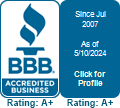

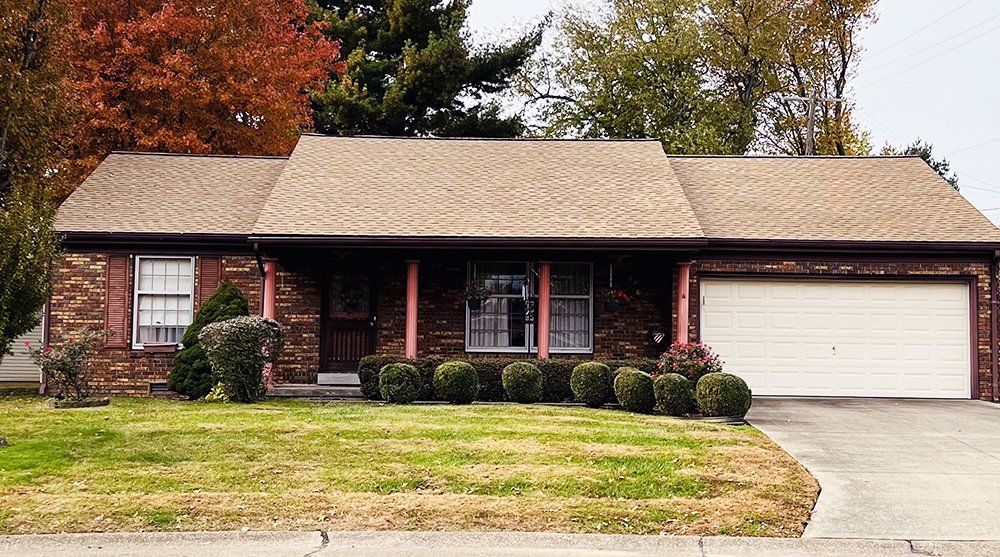
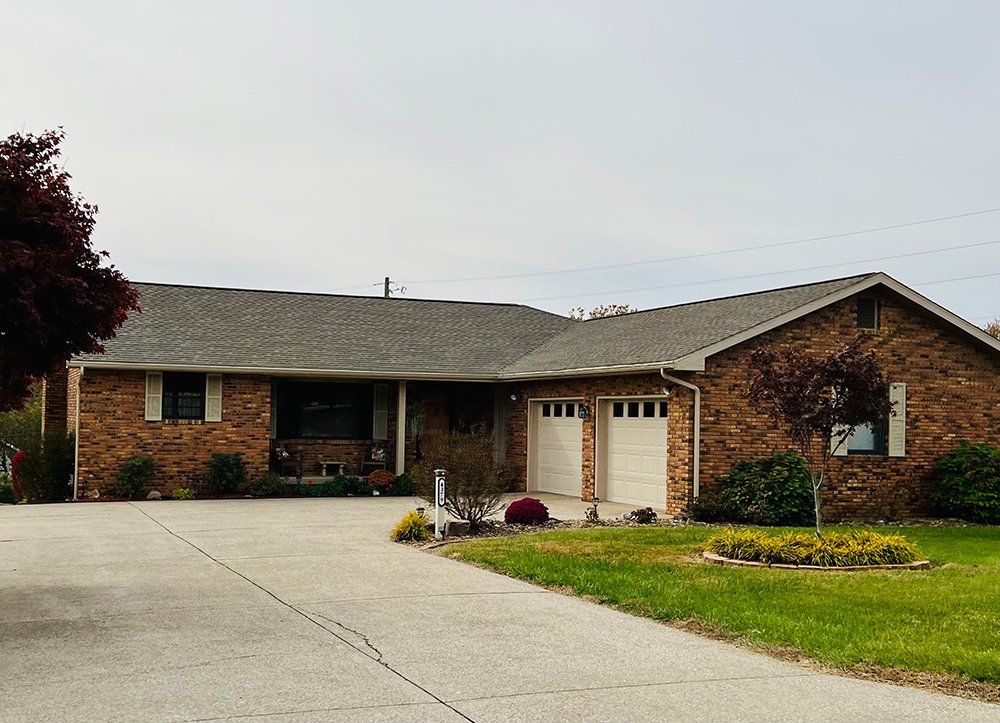
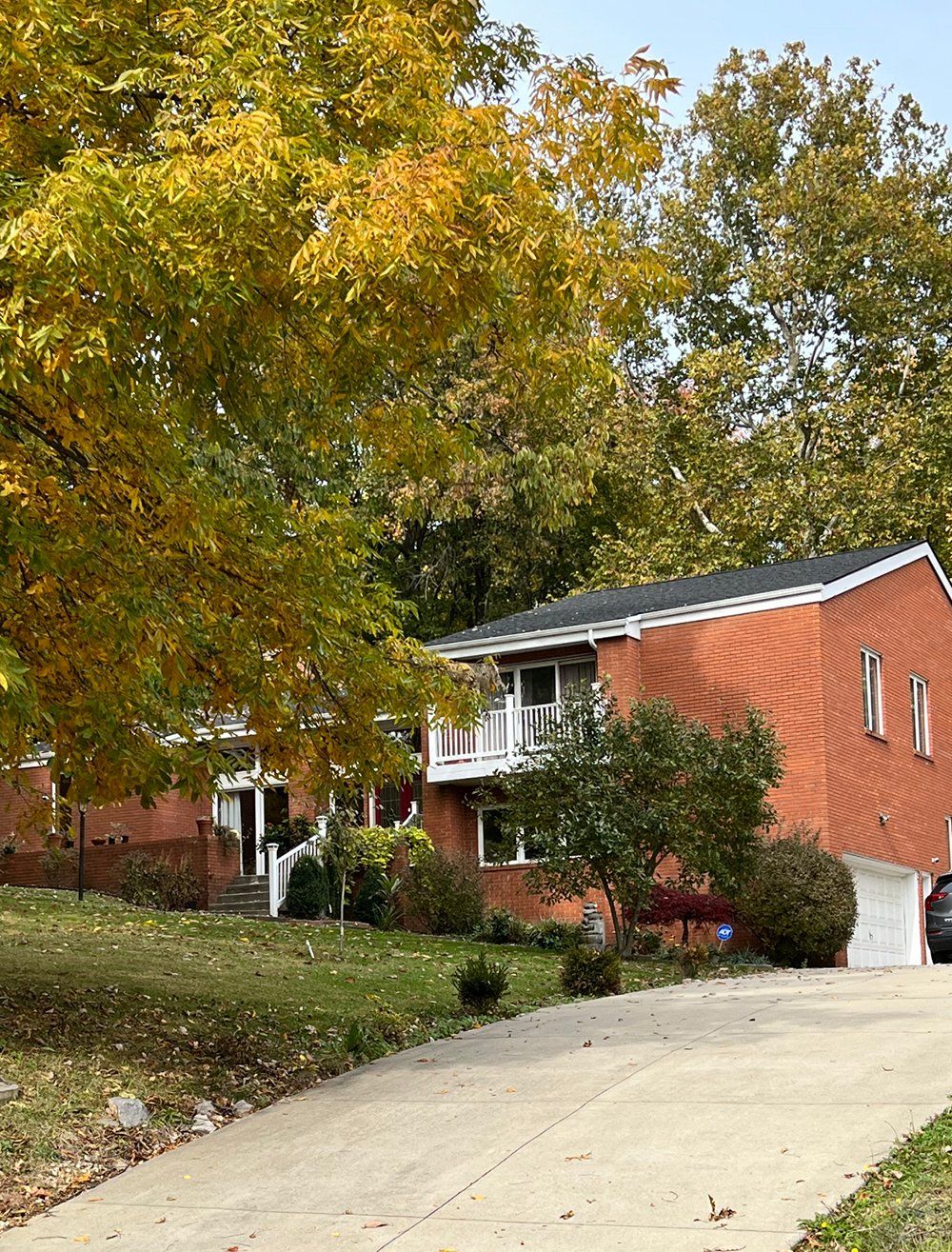
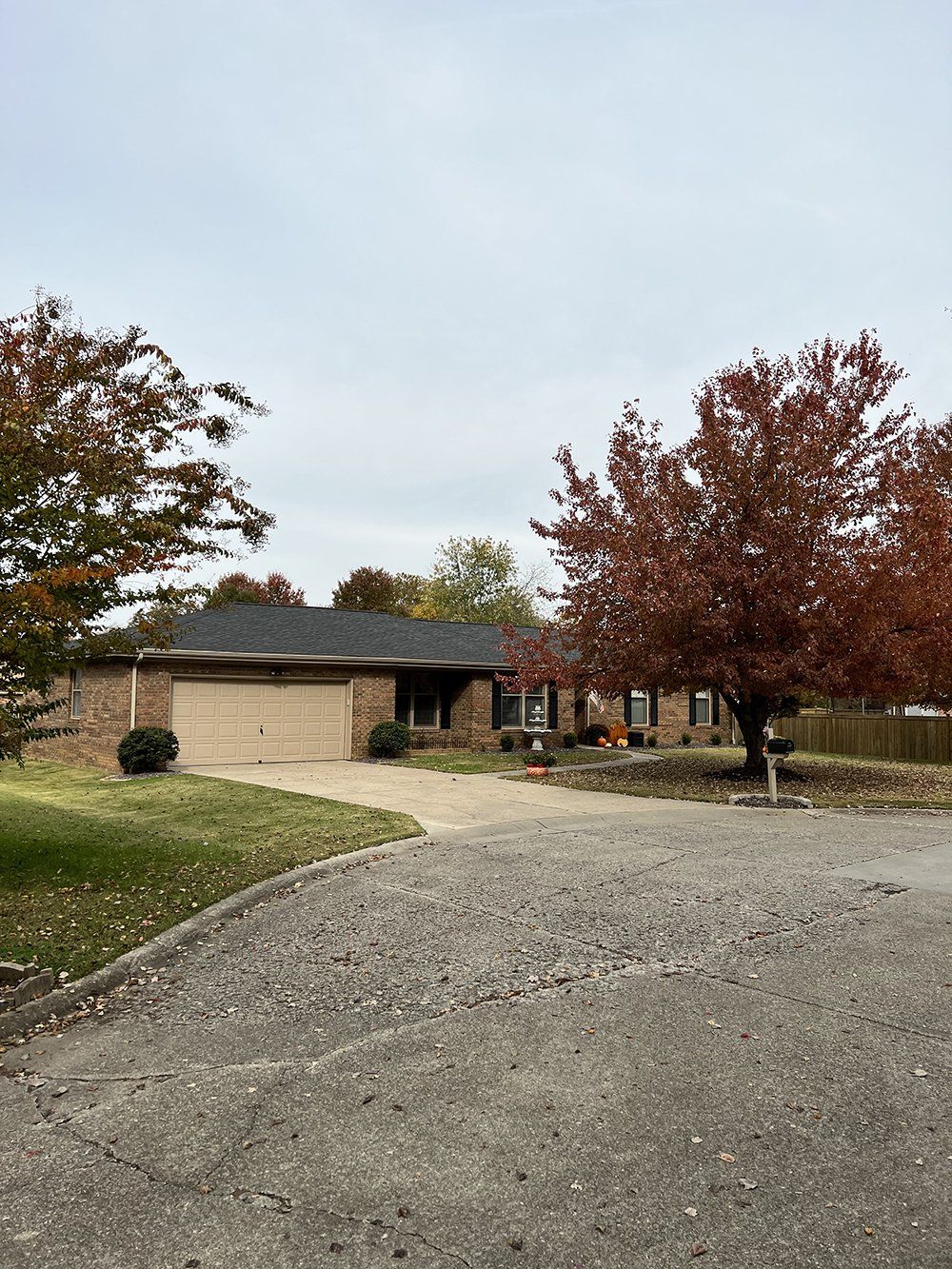
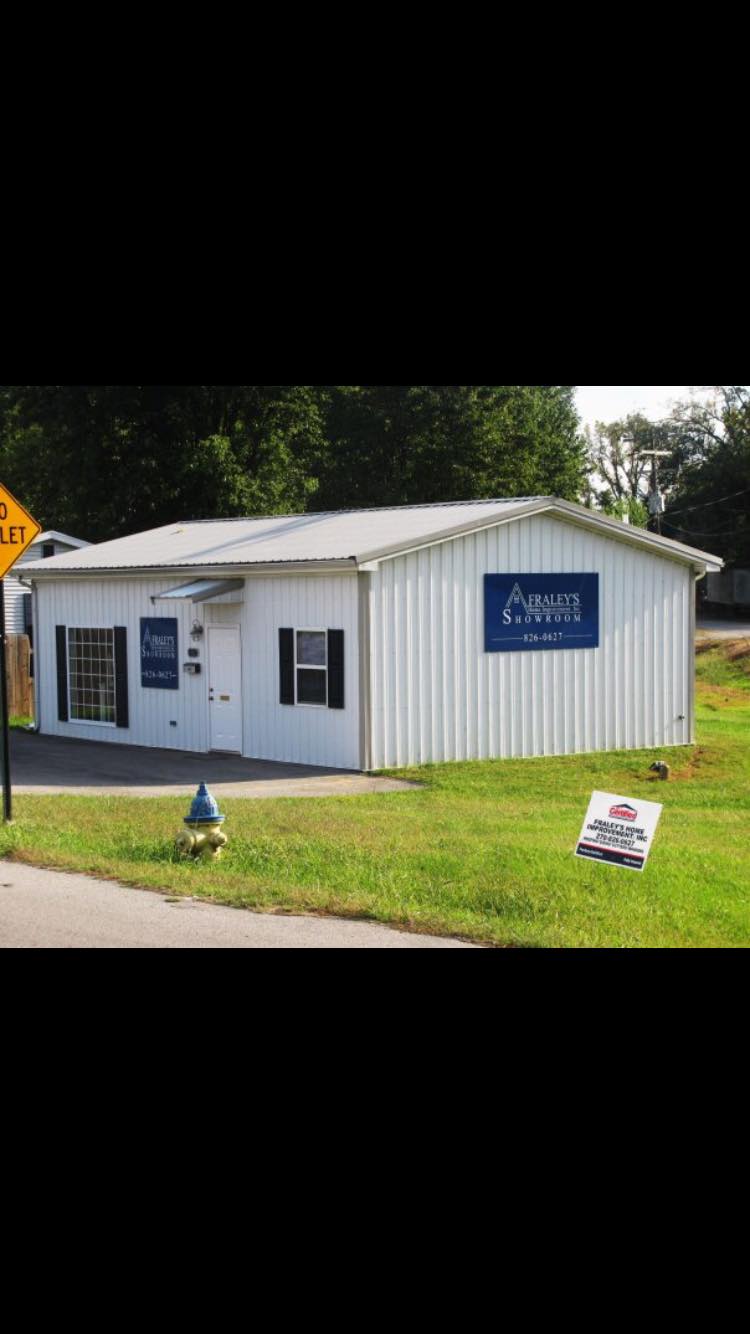
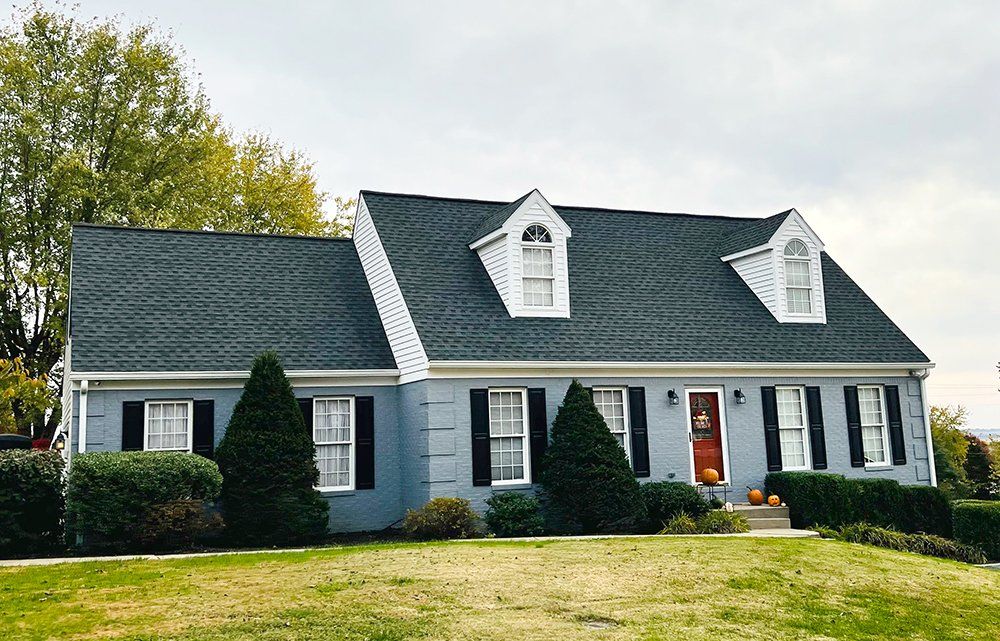
Share On: